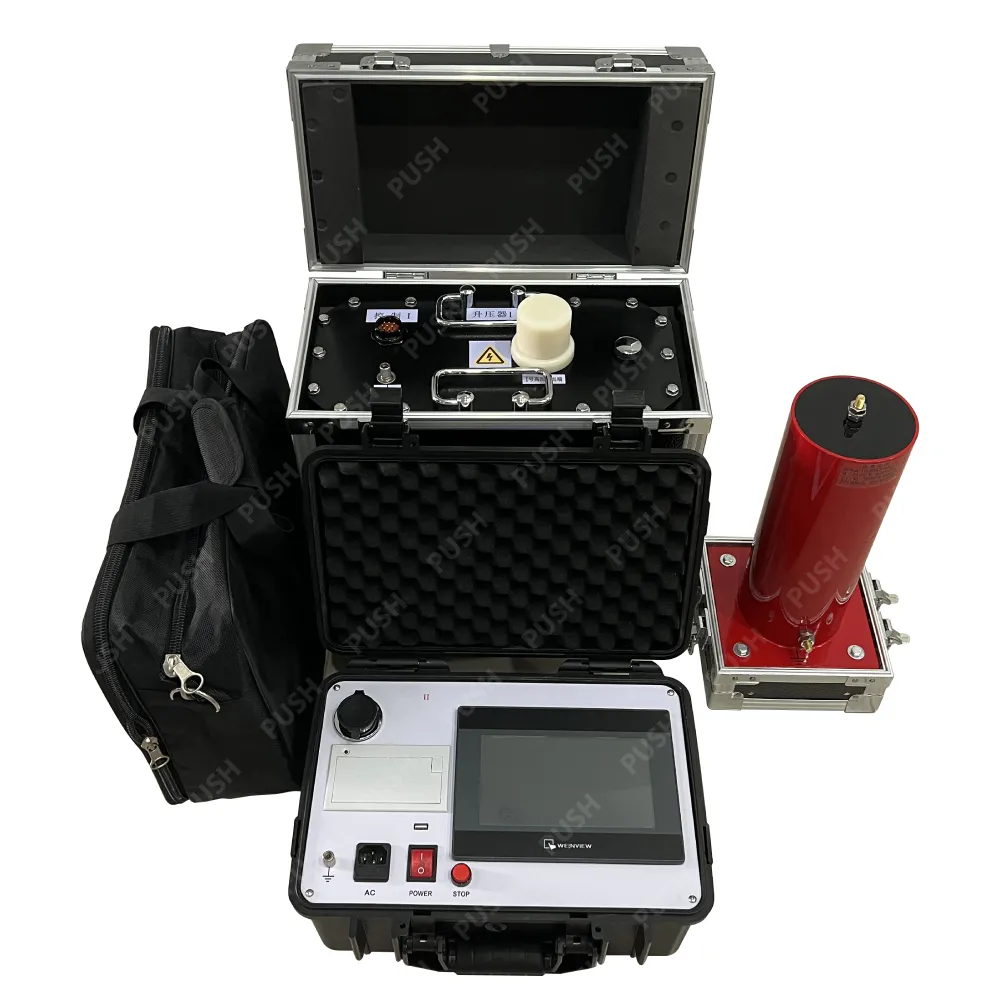 English
English



-
 Afrikaans
Afrikaans -
 Albanian
Albanian -
 Amharic
Amharic -
 Arabic
Arabic -
 Armenian
Armenian -
 Azerbaijani
Azerbaijani -
 Basque
Basque -
 Belarusian
Belarusian -
 Bengali
Bengali -
 Bosnian
Bosnian -
 Bulgarian
Bulgarian -
 Catalan
Catalan -
 Cebuano
Cebuano -
 China
China -
 China (Taiwan)
China (Taiwan) -
 Corsican
Corsican -
 Croatian
Croatian -
 Czech
Czech -
 Danish
Danish -
 Dutch
Dutch -
 English
English -
 Esperanto
Esperanto -
 Estonian
Estonian -
 Finnish
Finnish -
 French
French -
 Frisian
Frisian -
 Galician
Galician -
 Georgian
Georgian -
 German
German -
 Greek
Greek -
 Gujarati
Gujarati -
 Haitian Creole
Haitian Creole -
 hausa
hausa -
 hawaiian
hawaiian -
 Hebrew
Hebrew -
 Hindi
Hindi -
 Miao
Miao -
 Hungarian
Hungarian -
 Icelandic
Icelandic -
 igbo
igbo -
 Indonesian
Indonesian -
 irish
irish -
 Italian
Italian -
 Japanese
Japanese -
 Javanese
Javanese -
 Kannada
Kannada -
 kazakh
kazakh -
 Khmer
Khmer -
 Rwandese
Rwandese -
 Korean
Korean -
 Kurdish
Kurdish -
 Kyrgyz
Kyrgyz -
 Lao
Lao -
 Latin
Latin -
 Latvian
Latvian -
 Lithuanian
Lithuanian -
 Luxembourgish
Luxembourgish -
 Macedonian
Macedonian -
 Malgashi
Malgashi -
 Malay
Malay -
 Malayalam
Malayalam -
 Maltese
Maltese -
 Maori
Maori -
 Marathi
Marathi -
 Mongolian
Mongolian -
 Myanmar
Myanmar -
 Nepali
Nepali -
 Norwegian
Norwegian -
 Norwegian
Norwegian -
 Occitan
Occitan -
 Pashto
Pashto -
 Persian
Persian -
 Polish
Polish -
 Portuguese
Portuguese -
 Punjabi
Punjabi -
 Romanian
Romanian -
 Russian
Russian -
 Samoan
Samoan -
 Scottish Gaelic
Scottish Gaelic -
 Serbian
Serbian -
 Sesotho
Sesotho -
 Shona
Shona -
 Sindhi
Sindhi -
 Sinhala
Sinhala -
 Slovak
Slovak -
 Slovenian
Slovenian -
 Somali
Somali -
 Spanish
Spanish -
 Sundanese
Sundanese -
 Swahili
Swahili -
 Swedish
Swedish -
 Tagalog
Tagalog -
 Tajik
Tajik -
 Tamil
Tamil -
 Tatar
Tatar -
 Telugu
Telugu -
 Thai
Thai -
 Turkish
Turkish -
 Turkmen
Turkmen -
 Ukrainian
Ukrainian -
 Urdu
Urdu -
 Uighur
Uighur -
 Uzbek
Uzbek -
 Vietnamese
Vietnamese -
 Welsh
Welsh -
 Bantu
Bantu -
 Yiddish
Yiddish -
 Yoruba
Yoruba -
 Zulu
Zulu
periodic condition monitoring tests of transformer
Periodic Condition Monitoring Tests of Transformers Ensuring Reliability and Longevity
Transformers are critical components in electrical power systems, facilitating the transmission and distribution of electricity from generation sources to consumers. The reliability and efficiency of these devices are vital for maintaining the overall stability of electrical networks. To ensure that transformers operate effectively throughout their service life, periodic condition monitoring tests are essential. These tests help identify potential issues before they escalate into critical failures, thus prolonging the operational life of the equipment.
Understanding Transformer Condition Monitoring
Condition monitoring refers to the systematic assessment of an equipment’s condition through various diagnostic techniques. For transformers, it involves the evaluation of their physical and electrical parameters to assess performance and detect any degradation. The primary objective of periodic condition monitoring is to maintain transformers' operational integrity, enhance safety, and minimize maintenance costs.
Transformers operate under various stresses including temperature variations, electrical loads, and environmental factors. Over time, insulation materials can degrade, and other components can wear out due to these stresses. Hence, routine testing becomes crucial in identifying deficiencies that might lead to outages or equipment failure.
Key Monitoring Techniques
1. Dissolved Gas Analysis (DGA) One of the most critical tests for transformers is DGA, which analyzes the gases dissolved in the transformer oil. As transformers operate, they can generate gases due to insulation breakdown or overheating. By detecting these gases, such as hydrogen, methane, and ethylene, technicians can diagnose internal faults early on.
2. Power Factor Testing The power factor of transformer insulation provides insights into its condition. A decline in power factor indicates moisture ingress or insulation deterioration. Regular testing allows for action to be taken before significant failure occurs.
3. Thermal Imaging Infrared thermography is a non-intrusive method that detects hot spots in transformers. These hot spots often indicate loose connections or overloaded components, which if left unchecked, could lead to catastrophic failures. Regular thermal imaging can pinpoint areas of concern for immediate intervention.
periodic condition monitoring tests of transformer

4. Capacitance and Power Factor Measurements Evaluating the capacitance and power factor of transformer windings helps assess insulation integrity. The results can indicate moisture presence or material aging, allowing for remedial actions to be taken.
5. Insulation Resistance Testing Measuring the insulation resistance between the transformer windings and ground provides insight into insulation condition. A significant decline in this resistance can signal potential failures, warranting further investigation or maintenance work.
Benefits of Periodic Testing
Regular condition monitoring offers several advantages to transformer management. Firstly, it allows for predictive maintenance strategies, which can significantly reduce unplanned outages and extend the lifespan of the transformer. Secondly, identifying potential failures early can save organizations substantial repair and replacement costs. Moreover, documentation of testing results helps establish trends, facilitating better operational planning and asset management.
Implementation Strategies
For effective implementation of periodic condition monitoring, organizations should establish a systematic testing schedule based on manufacturer recommendations and operational history. It is critical to involve trained personnel who can interpret test results effectively. Furthermore, data from condition monitoring tests should be integrated into a comprehensive maintenance management system to optimize decision-making processes.
Conclusion
In today’s electricity-dependent world, ensuring the reliability of transformer operations is paramount. Periodic condition monitoring tests serve as an invaluable tool to achieve this goal. By implementing a rigorous testing regime, organizations can not only safeguard their investments but also ensure a steady and uninterrupted power supply to consumers. Ultimately, proactive maintenance driven by condition monitoring fosters operational excellence and resilience in electrical power systems.
-
Testing Equipment Industry Sees Major Advancements in 2025: Smart & Precision Technologies Lead the WayNewsJun.06,2025
-
Applications of Direct Current Generators in Renewable Energy SystemsNewsJun.05,2025
-
Hipot Tester Calibration and Accuracy GuidelinesNewsJun.05,2025
-
Digital Circuit Breaker Analyzer Features and BenefitsNewsJun.05,2025
-
Benefits of Real-Time Power Quality Monitoring Devices for Industrial EfficiencyNewsJun.05,2025
-
Earth Fault Loop Testing in High-Rise Building Electrical SystemsNewsJun.05,2025



